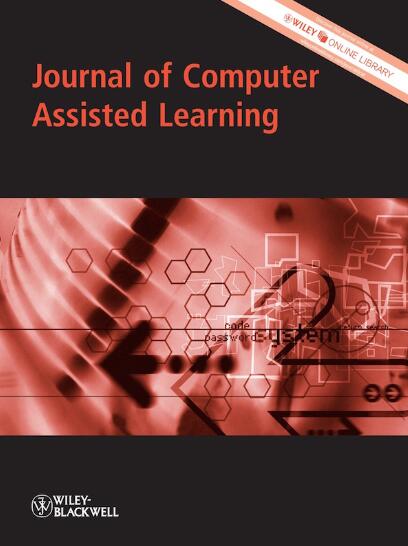Credibility and altered communication styles of AI graders in the classroom
Abstract
Background
Education is often the primary arena for exploring and integrating new technologies. AI and human-machine communication (HMC) are prevalent in the classroom, yet we are still learning how student perceptions of these tools will impact education.
Objectives
We sought to understand student perceptions of credibility related to written feedback attributed to a human or an AI grader (Study One). We also investigated how corrective messages containing verbal immediacy and social support influenced student perceptions of an AI grader's credibility based on feedback in an evaluated essay (Study Two).
Methods
We used an online experimental design to assess the perceived credibility of a grader. In Study One, we randomly assigned students (N = 155) to a condition that contained a paragraph they were told was evaluated by a human or an AI grader. In Study Two (N = 222), we investigated ways of increasing perceptions of an AI grader's credibility by writing messages with higher/lower levels of immediacy and social support.
Results
In Study One, the students rated both the human and AI grader as credible (yet rated the AI grader lower on goodwill). The data suggest that students in Study Two attributed more goodwill (i.e., caring) to the AI grader when the feedback included more verbal immediacy.
Conclusions
Our results highlight the importance of student perceptions and communication styles when integrating technology into education. The two studies imply that students viewed the human and AI graders as competent, caring, and trustworthy, specifically when feedback included more immediacy cues.

 求助内容:
求助内容: 应助结果提醒方式:
应助结果提醒方式:


